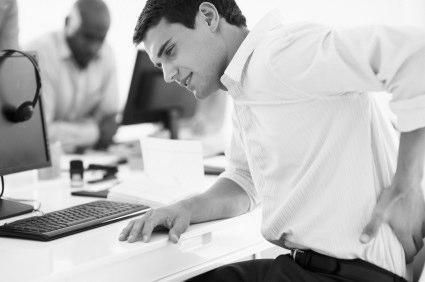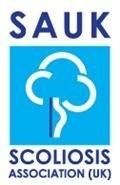Newsletter June 2012
General Wellbeing - There are a lot of things that can lead back problems...especially in the work place...
This month, I'll be looking at some interesting data the Health & Safety executive published in 2006 as part of a 'better backs' campaign. There are 5 key statistics regarding the prevalence of back pain in the general public. For those of you who have been following me a while, it will be familiar as I've already posted some of it on Facebook. However, I think it's worth reiterating, if only to reinforce just how important it is to try and take care of your spine, wherever you are, or whatever you're doing.

Back pain statistics
Back pain will affect 80% of us at some point in our lives.
One in six working days lost in the UK is due to back pain.
In 2004/05 an estimated 452,000 people in Great Britain suffered, in their opinion, from a musculoskeletal disorder mainly affecting the back that was caused or made worse by their current or past work.
It is estimated that 4.5 million working days (full-day equivalent) were lost in the previous 12 months due to work-related musculoskeletal disorders which mainly affected the back. Each person suffering from such a condition took an estimated 17.4 days off work on average in this period.
The charity BackCare estimates that back pain costs the NHS, business and the economy over £5 billion a year.
Massage and Medical Conditions - Scoliosis
Keeping on the theme of backs, this month I'd like to look at Scoliosis. It is a condition whereby the spine develops a 'lateral' (sideways) deviation. It affects about 1%-2% of teenagers and girls are more likely to suffer from it than boys. The condition almost always appears as a bend to the right-hand side and usually develops during the rapid growth stages of late childhood and early adolescence. Mild scoliosis (a deviation of less than 30-40 degrees) can be treated using a combination of any of the following:- exercise, massage, chiropractic treatment, a corrective brace, and/or electromuscular stimulation.
Massage is particularly useful to help with pain relief as well as rehabiliation, as often the muscles on the 'inside' of the curve become painful, tight, restrictive and can also start to add to the problem. Therefore loosening up these muscles can give tremendous relief and reduce the severity of the curve.
Further information on scoliosis can be found here:

